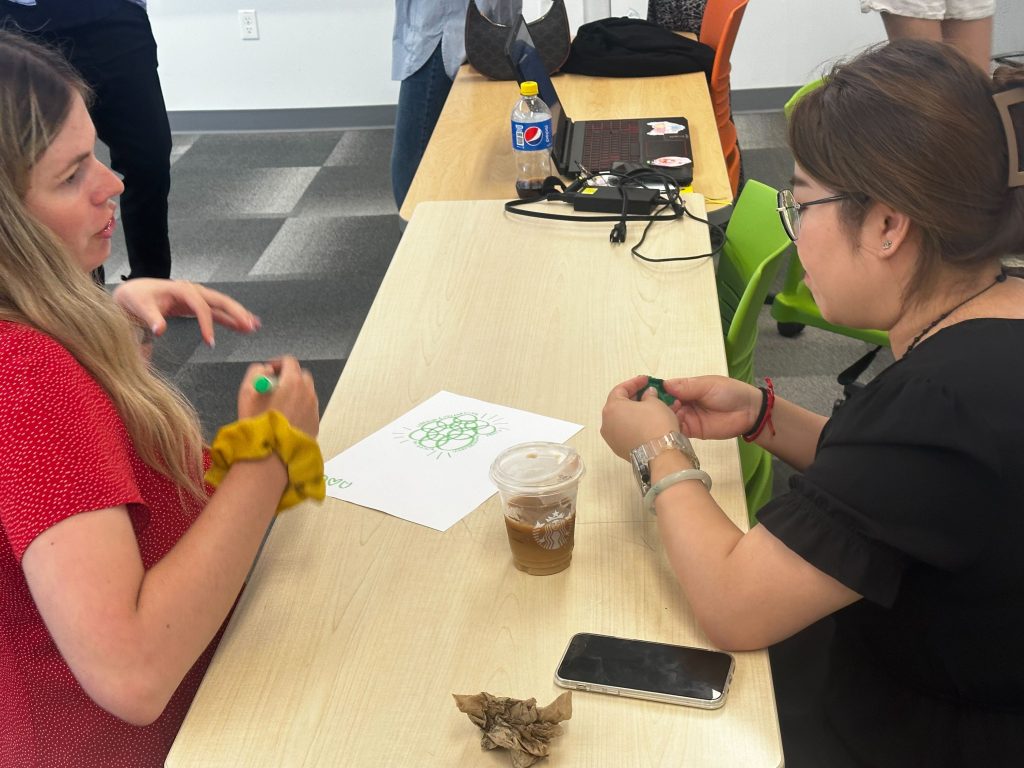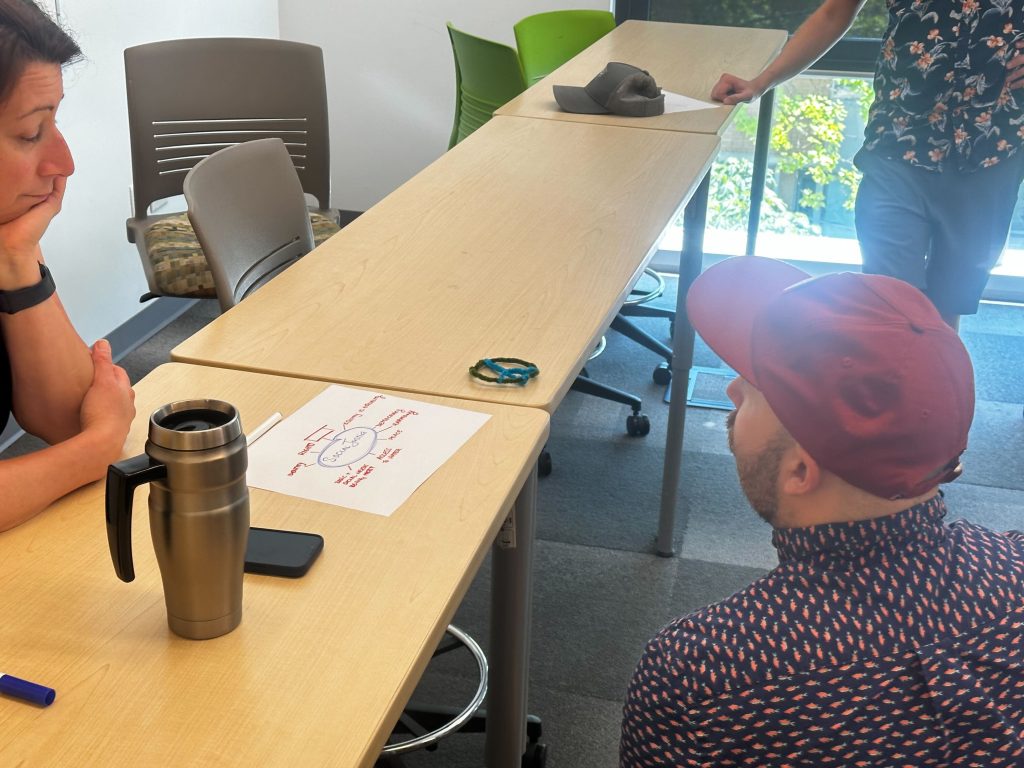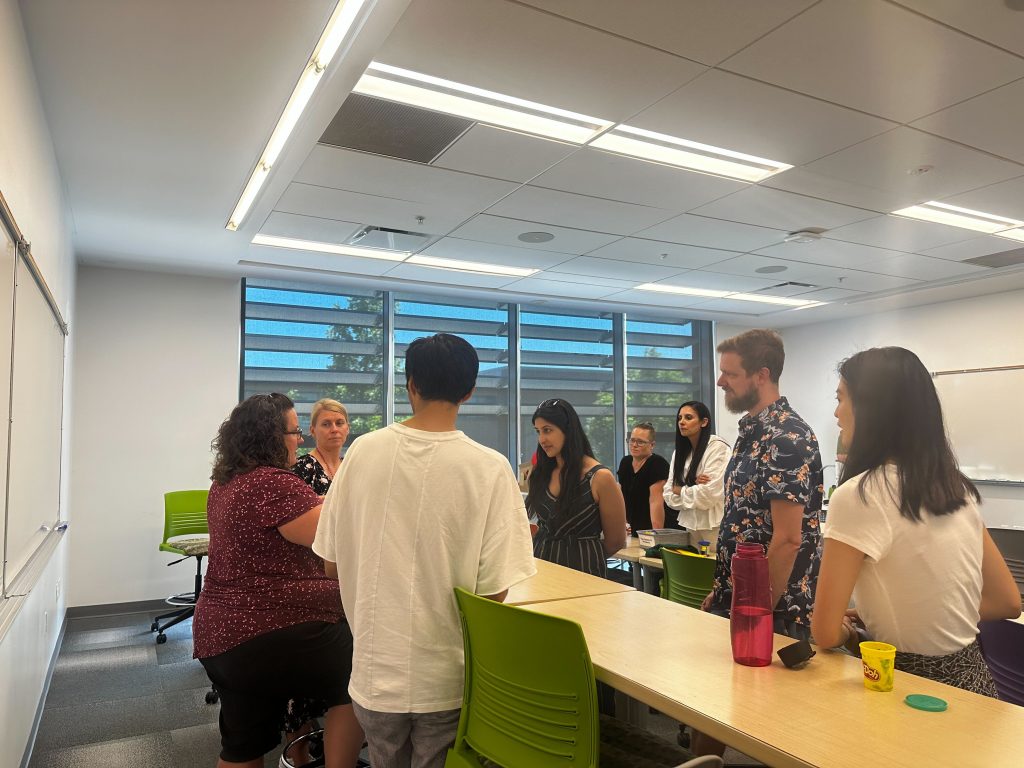Addressing Real-World Issues Through Making
Created with Jasmine Atwal, Ka-Yee Chu, Michelle Desgroseilliers, Tiffany Ku, Stephen Wellsby, & Vera Xiong
I was part of the Secondary (grades 9-12) group, and we decided to create a cross-curricular unit featuring collaboration between the Applied Design, Skills, and Technologies (ADST) and Social Studies curriculums that could be used at any of the four grades.
Our topic for the unit is “Social Justice – Addressing Real-World Issues Through Making”. The unit consists of 7 lessons, most of which would span over several 80-minute classes, the exact number to be determined during implementation, likely spread over a month or more. The topic of each lesson is tied to an element of the Liberatory Design for Equity Process, the core structure of the unit. The lessons are set up in this way as a form of scaffolding for students, to teach each step of the process and give students the time to work through the design step for their topic.

After defining individually, then in pairs, small groups and as a class Social Justice students, in groups, will choose a social justice topic that they would like to address through the unit. We intentionally chose to address, rather than solve real-world issues as some of the issues that students may choose are not solvable at the school level, nor even at a national level and did not want to set that level of expectations on our students.
I designed lesson one in the unit, “Identify Social Justice” which lays the foundation for all of the lessons that follow. The lesson functions around the provocation of Social Justice: What does it mean? Students reflect on what social justice means to them individually before sharing their thoughts in pairs and then small groups before defining social justice. This provocation was used during our Unit of Learning Presentation during the Summer Institute which generated the Padlet seen on the right.
I was also responsible for the maker challenge for the unit, the tackling of a chosen social justice issue by groups of students. The maker challenge is intentionally left vague in how students can tackle their issue/topic to give them the freedom to decide how to best address it, though it is likely that most groups will choose to create some form of awareness or advocacy campaign, more local or community focused issues may see students designing and making an actual solution to the issue. The assessment of the maker challenge is two-fold a process/design journal that students will work on throughout the unit and the presentation of their final product.



